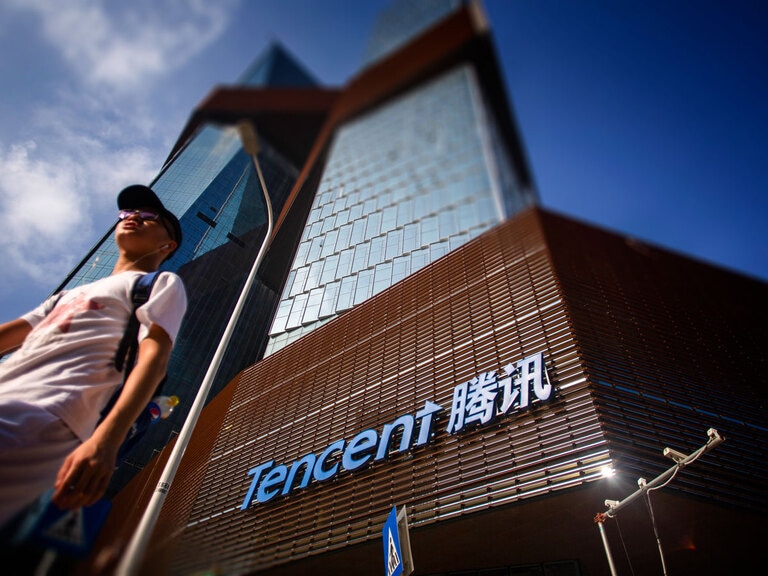Micron Technology is a stock that many investors may not have heard of. Semiconductor giants like AMD and Nvidia get most of the coverage, but Micron Technology is very much a market leader. What makes it an attractive investment?
According to a recent Barron’s analysis of Micron Technology [MU], the stock is trading like a commodity. The company is a “provider of interchangeable commodity parts” for semiconductors — “tech’s version of wheat or frozen orange juice,” wrote Eric J Savitz. He also says it’s a buy.
The Micron Technology share price is down 22.2% year-to-date to $72.38 at the close on 13 April. It’s currently 10.2% above its 52-week low of $65.67 recorded on 12 October 2021, while its 52-week high of $98.45 was achieved on 5 January.
While the movement of the Micron Technology share price is more or less in line with the broader semiconductor industry — the VanEck Semiconductor ETF [SMH] is down 20.4% year-to-date — the stock is undervalued relative to its peers. Its price-to-earnings (P/E) ratio is 9.18 compared with AMD’s [AMD] 37.81 and Nvidia’s [NVDA] 56.98. The median P/E ratio for the US semiconductor industry is 21.2, according to Simply Wall Street data.
Robust revenue growth
So, what’s the investment case for Micron Technology?
The company focuses on two types of products: flash memory (also known as NAND), and dynamic random access memory (DRAM). According to Savitz, Micron Technology is one of just three major players in the DRAM space, alongside Korean firms Samsung Electronics [0055930.KS] and SK Hynix [000660.KS].
Micron Technology profited from a surge in orders from data centre operators during the pandemic and the demand is showing no signs of letting up. Revenue for Q2 2022 was up 25% year-over-year to roughly $7.8bn, of which DRAM revenue was $5.7bn, up 29% from Q2 2021.
For the third quarter, the company is expecting to report a record quarterly revenue of $8.7bn, plus or minus another $200m. Sales for Q3 2021 were $7.42bn.
Going forward, demand throughout the rest of fiscal 2022 is expected to be driven by data centres, the accelerated adoption of 5G smartphones and continued strength in the automotive and industrial markets, especially electric vehicles, which the company considers to be ‘data centres on wheels’.
Micron Technology president and CEO Sanjay Mehrotra said on the most recent earnings call: “Last year, data centre became the largest market for memory and storage, eclipsing the mobile market. Looking ahead, we expect data centre demand growth to outpace the broader memory and storage market over the next decade, fueled by secular drivers in cloud and healthy enterprise IT investment.”
A beneficiary of long-term data centre needs
Memory and storage is fast becoming one of the biggest semiconductor segments, according to the industry publication Fierce Electronics. And Micron Technology is in a strong position to become the industry leader in DRAM and NAND.
Last October, Micron announced it would be expanding its DRAM production footprint in Japan by spending 800bn yen ($7bn) on a new factory. Production is scheduled to start in 2024 and will help meet the long-term data centre needs.
The demand for DRAM chips is an opportunity for multiple expansion, says Wedbush analyst Matt Bryson. In February, Bryson upgraded his rating for the stock from neutral to outperform, while raising his target for the Micron Technology share price from $100 to $120, implying an upside of 66% from the most recent closing price. Bryson also noted improved execution of the NAND business and greater memory requirements as other headwinds.
Analysts are bullish on Micron Technology in general. The stock has 26 ratings in total, according to MarketBeat data: one strong buy, 22 buy, and three hold. The average price target is $114.29, an upside of 57.9% on its 13 April closing price.
Continue reading for FREE
- Includes free newsletter updates, unsubscribe anytime. Privacy policy





